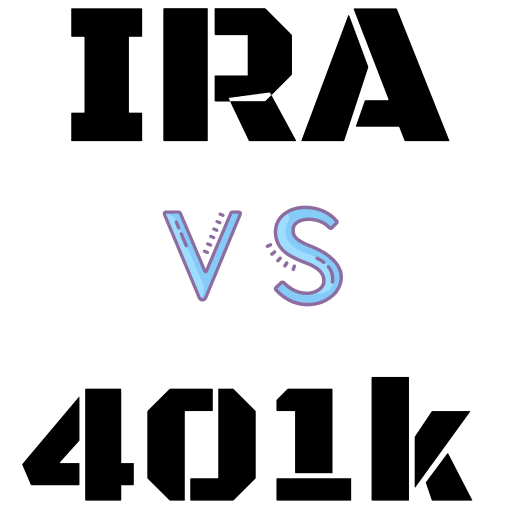
SEP, or Simplified Employee Pension, plans are the simplest; they have the smallest amount of paperwork and reporting requirements. (123rf.com)
Many Americans don’t save enough for retirement, but it’s entirely possible to save too much — at least according to the IRS.
Tax laws limit how much you’re allowed to contribute to retirement accounts, and excess contributions can be penalized. Uncle Sam doesn’t want you to leave the money in the account too long, either. Those who fail to take enough out of their retirement accounts also face heavy penalties.
Here’s what you need to know to stay on the right side of the IRS’ rules.
Overstuffing your retirement accounts
Not everyone is allowed to contribute to retirement accounts. Contributions to an IRA or Roth IRA require you or your spouse to have “earned income ” such as wages, salary, bonuses, commissions, tips or self-employment income. Pension payments, Social Security benefits, rental income and interest and dividends don’t count. Also, the ability to contribute to a Roth phases out at modified adjusted gross incomes between $125,000 and $140,000 for single filers, from $198,000 to $208,000 for married couples filing jointly.
People may not realize that the annual limit on IRA contributions — $6,000 for 2021, plus a catch-up contribution of $1,000 for people 50 and over — is the cap for all IRA accounts. In other words, you can’t contribute $6,000 to a traditional IRA and another $6,000 to a Roth IRA in the same year.

